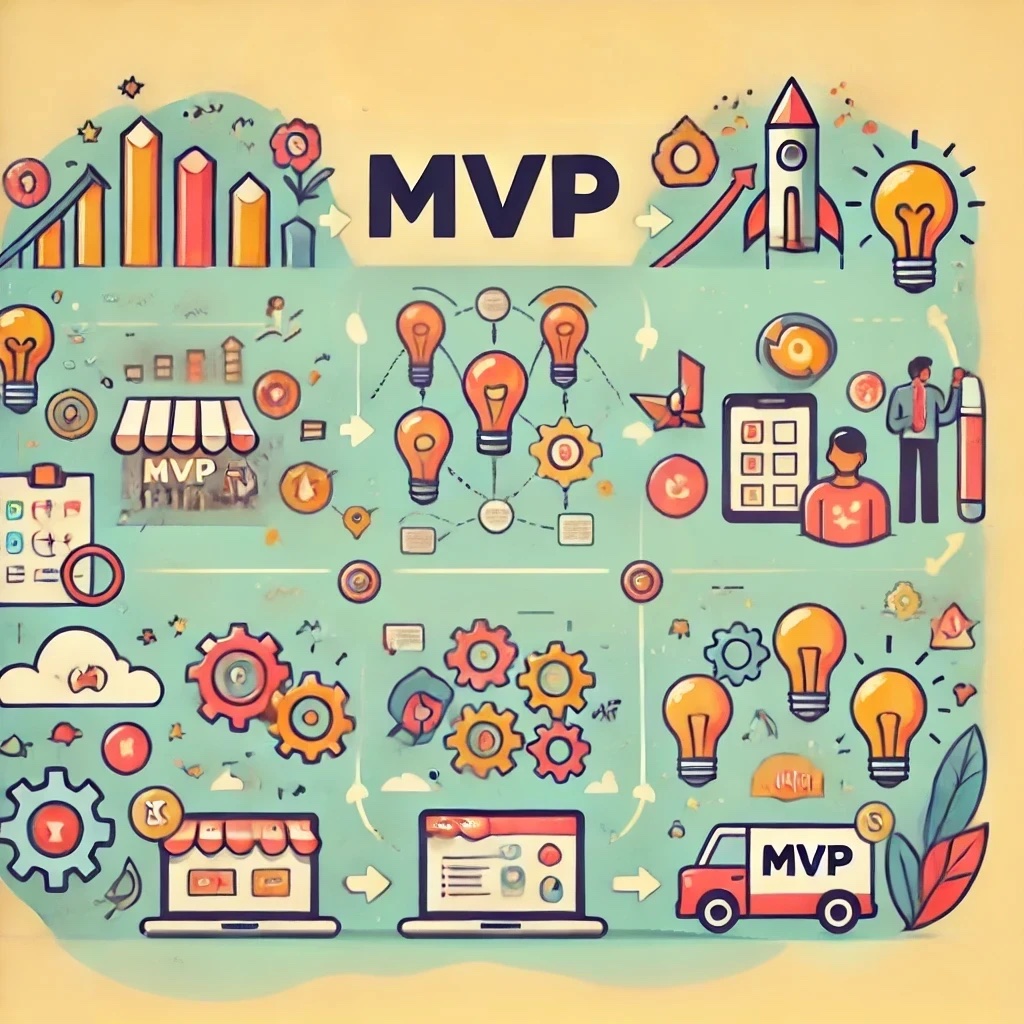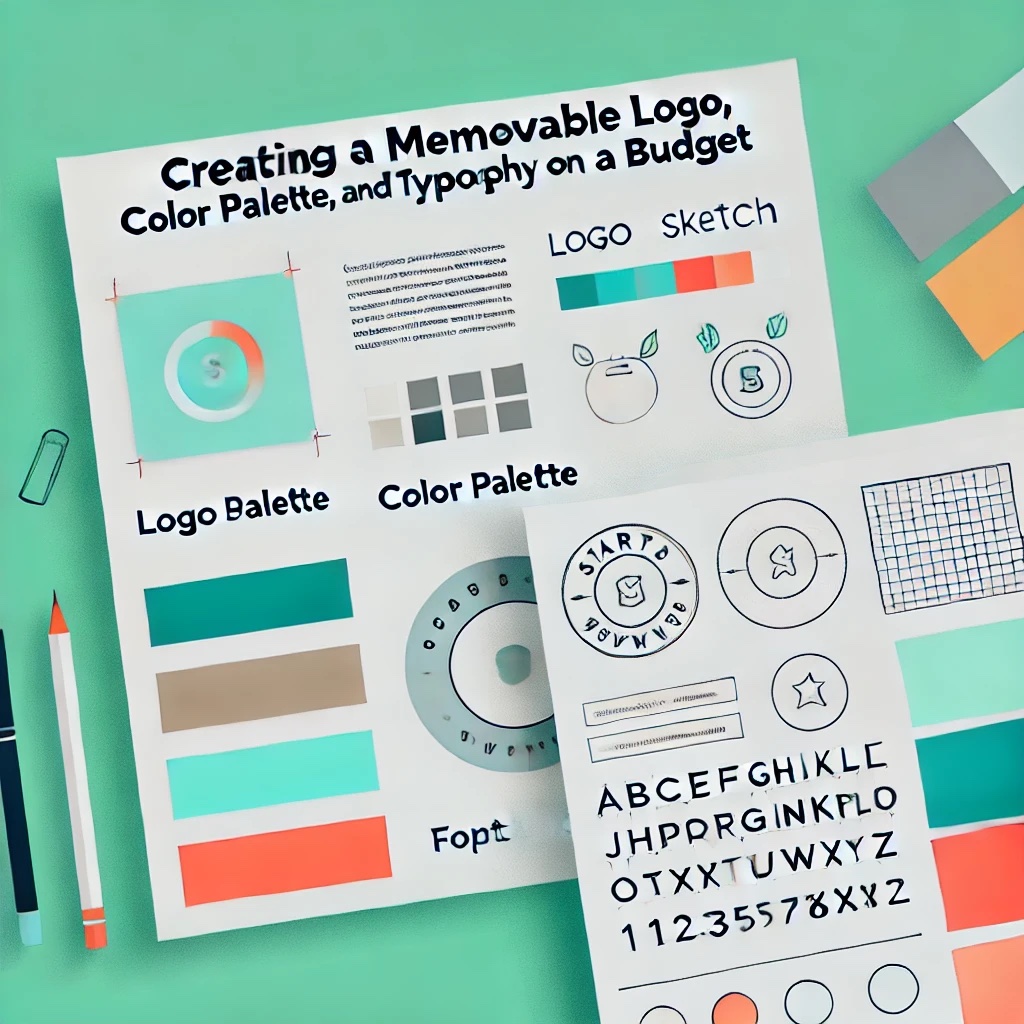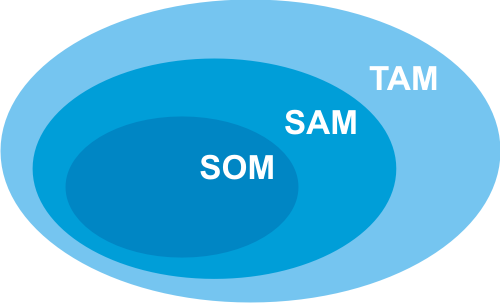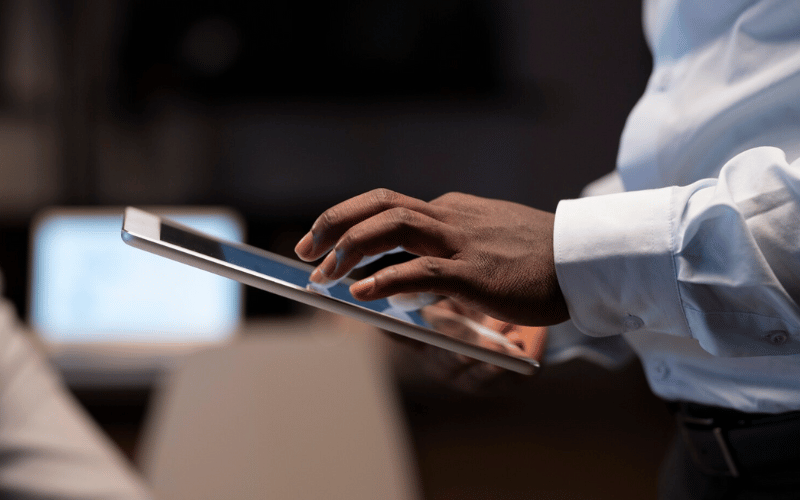Articles Description
Innovation is the lifeblood of any startup, but how do you consistently come up with groundbreaking ideas that truly solve user problems? The answer lies in Design Thinking, a powerful methodology used by startups and companies worldwide to foster creativity, empathy, and problem-solving. This guide will take you through the Design Thinking process and provide actionable insights to apply to your own startup.
What is Design Thinking?
Design Thinking is a human-centered approach to innovation. It encourages startups to look at problems from the user's perspective and explore a range of potential solutions before narrowing down to one that meets both user needs and business goals. It combines creative thinking with structured processes to design products and services that resonate deeply with target audiences.
The core phases of Design Thinking are:
- Empathize
- Define
- Ideate
- Prototype
- Test
Phase 1: Empathize – Understanding Your Users
The first step in Design Thinking is Empathy. To solve real problems, you need to first understand the people facing those problems.
How to Empathize:
- User Interviews: Conduct one-on-one interviews with potential users. Ask open-ended questions to discover their needs, challenges, and desires. Avoid leading questions that might bias their answers.
- Observation: Observe users in their natural environment. For example, if you’re building a productivity app, watch how people currently manage their tasks without offering suggestions.
- Empathy Maps: Create an empathy map to visualize what your users say, think, do, and feel. This helps uncover insights about their pain points and motivations.
Real-World Example:
In its early stages, Airbnb founders personally stayed with potential users to understand their needs. This led to insights like the importance of high-quality photos for listings, which became a key feature of the platform.
Key Takeaway: The more you understand your users, the more effectively you can design solutions that truly address their needs.
Phase 2: Define – Articulating the Problem
Once you’ve gathered insights, it’s time to Define the core problem your users are facing. This phase is about synthesizing your findings from the empathy stage into a clear problem statement.
How to Define the Problem:
- Point of View (POV) Statements: A good problem statement is concise and user-centered. It answers the questions: Who is the user? What do they need? Why is it important?
- Problem Framing: Avoid framing problems too broadly (e.g., "Users need better productivity tools"). Instead, make them specific and actionable (e.g., "Young professionals need an easy way to organize their tasks while on the go").
- "How Might We" Questions: Reframe your problem statement into a "How Might We" question. For example, "How might we help young professionals manage tasks efficiently without feeling overwhelmed?"
Real-World Example:
In healthcare design, GE Healthcare used Design Thinking to improve the MRI experience for children. Instead of focusing solely on the machine’s technology, they reframed the problem as: "How might we reduce children’s anxiety during MRI scans?" This led to the design of themed imaging suites that turned the experience into an adventure, reducing stress for young patients.
Key Takeaway: A well-defined problem sets the stage for meaningful and targeted solutions.
Phase 3: Ideate – Generating Creative Solutions
Now that you have a clear problem, it’s time to Ideate. This is where creativity flows. The goal is to generate as many ideas as possible, without judging or limiting them at this stage.
How to Ideate:
- Brainstorming: Encourage "wild ideas" and quantity over quality. Use techniques like rapid-fire brainstorming to get ideas out quickly.
- SCAMPER Technique: This method helps you explore possibilities by prompting you to Substitute, Combine, Adapt, Modify, Put to other use, Eliminate, or Reverse elements of your problem or solution.
- Mind Mapping: Create visual diagrams to explore connections between ideas and problems. This allows you to see relationships between concepts and uncover new approaches.
Real-World Example:
IDEO, a global design firm, is famous for using brainstorming sessions to develop innovative products like Apple’s first computer mouse. They encourage a “yes, and…” mindset in ideation, where every idea builds upon the previous one without immediate criticism.
Key Takeaway: In the ideation phase, quantity leads to quality. Explore all possibilities, even the unconventional ones.
Phase 4: Prototype – Bringing Ideas to Life
The next step is to turn your ideas into tangible solutions by creating quick, low-fidelity Prototypes. Prototyping allows you to test your ideas in the real world and gather feedback before you invest too much time or money.
How to Prototype:
- Start Simple: Use paper sketches, wireframes, or mock-ups to get your ideas into physical form quickly. These do not need to be perfect; the goal is to test the concept, not the execution.
- Test Multiple Concepts: Don’t settle on one idea right away. Test different versions of your solution to see which works best.
- Be Iterative: Prototypes are not final products. Each version should be tested, refined, and improved based on feedback.
Real-World Example:
Dropbox famously validated its product using a simple explainer video. Instead of building the product, they created a prototype in video form, demonstrating how the file-sharing service would work. This video helped them gauge interest and secure early adopters before writing a single line of code.
Key Takeaway: Prototypes allow you to learn quickly and cheaply. Don’t aim for perfection; aim for learning.
Phase 5: Test – Validate and Refine
Finally, the Test phase allows you to put your prototype in the hands of real users and observe how they interact with it. The insights you gather will inform the next iteration of your design.
How to Test:
- User Feedback: Conduct user testing sessions where participants use the prototype in real-time. Ask open-ended questions to uncover what works and what doesn’t.
- A/B Testing: If you have multiple prototypes, conduct A/B testing to compare their effectiveness. Which version solves the problem better? Which is more user-friendly?
- Observe Behavior: Often, what users do differs from what they say. Pay close attention to their actions and frustrations during testing.
Real-World Example:
Zappos, now a leading online shoe retailer, began by testing its business model with a simple test. The founders took pictures of shoes from local stores and posted them online. When a customer placed an order, they would buy the shoes from the store and ship them to the customer. This test validated that people were willing to buy shoes online before Zappos invested in building inventory and logistics.
Key Takeaway: Testing is about validating your assumptions. It helps you refine your product and improve its market fit.
Bringing It All Together: The Iterative Process
Design Thinking is not a linear process. Each phase can be revisited as you learn more about your users and your solution. The Empathize and Test phases might reveal new insights, leading you to revisit the Define or Ideate phases. Prototyping and testing are ongoing processes that ensure your product evolves based on real-world feedback.
Why Use Design Thinking in Your Startup?
- User-Centered: It keeps the user at the heart of every decision, ensuring you’re building something that solves real problems.
- Creative & Flexible: It fosters innovation by encouraging a wide range of solutions and iterative testing.
- Reduced Risk: By prototyping and testing early, you reduce the risk of building something no one wants.
Next Steps: Applying Design Thinking to Your Startup
- Start Empathizing: Reach out to potential users, interview them, and observe their behaviors.
- Define Your Problem: Clearly articulate the problem you’re trying to solve.
- Brainstorm Solutions: Use creative thinking techniques like brainstorming and SCAMPER to generate a wide range of ideas.
- Prototype & Test: Build quick prototypes, get them into users' hands, and iterate based on feedback.
Design Thinking is a proven framework that helps startups navigate the uncertainty of innovation by focusing on human needs. Start implementing these steps in your startup today, and watch as you move from vague ideas to meaningful solutions that resonate with your audience.

 Madarek Article
Madarek Article

















